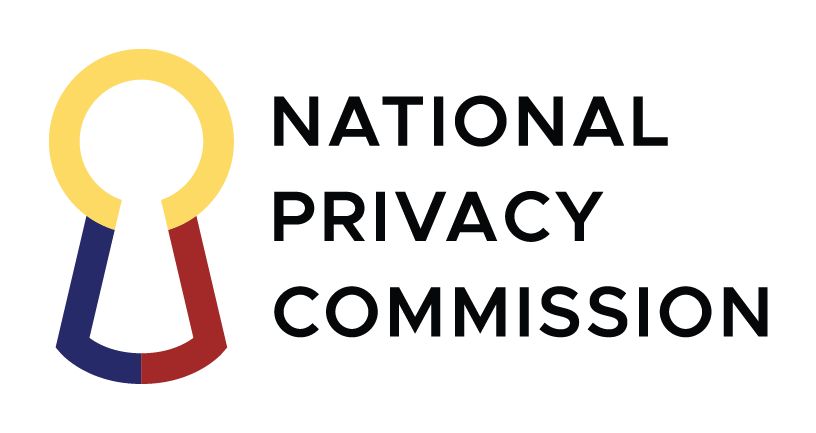What is an ePassport?
An Electronic Passport or ePassport is a passport with an added integrated circuit or chip embedded in one of the passport pages.
Such chip contains the data that are essential in verifying the identity of the passport holder, which include the personal data found on the data page of the passport, the biometrics of the passport holder, the unique chip identification number, and a digital signature to verify the authenticity of the data stored on the chip.
This chip is highly interoperable; meaning, it can be read by any standard border control machine worldwide. The chip technology allows the information stored in an ePassport to be read by special chip readers at a close distance. It is integrated with high security mechanisms in order to prevent any forceful skimming of data it contains, any cloning, or any remote reading.
STANDARD REQUIREMENTS FOR PASSPORT APPLICATION:
Passport RENEWAL
-
- Duly accomplished Passport Application Form (Annex A)
-
- Latest passport (original) and photocopy of its data page (1st), amendment page (2nd),
if applicable
- Latest passport (original) and photocopy of its data page (1st), amendment page (2nd),
-
- Other documents as may be required such as permesso di soggiorno or carta d’identita,
if applicant is documented, in order to prove Filipino citizenship of applicant. - If passport has expired for more than six (6) months, applicant to execute an affidavit of explanation with fee of
€22.50.
- Other documents as may be required such as permesso di soggiorno or carta d’identita,
Passport Application: NEWBORN / FIRST-TIME APPLICANT
-
- Duly accomplished Passport Application Form (Annex A)
-
- Original and photocopy of Report of Birth (ROB).
-
- If applicant has no Report of Birth (ROB) yet, has also to simultaneously apply for this document (see requirements and fees under ROB)
-
- If parents are married, duly authenticated Marriage Contract of parents (if married in the Philippines) or original marriage contract (if married at the Embassy/Consulate) or Report of Marriage (if married outside Embassy/Consulate premises
-
- Photocopy of parents‘ passports
-
- Other documents as may be required
Replacement of LOST PASSPORT
-
- Duly accomplished Passport Application Form (Annex A)
-
- Original (and photocopy of ) Duly Authenticated Birth Certificate and
-
- Original (and photocopy of) Duly Authenticated Marriage Contract, for married women
-
- Police Report / Denuncia (for holders of Carta or Permesso di Soggiorno)
-
- Photocopy of lost passport, if available
-
- Other documents as may be required, showing photo and signature of applicant, like the following:
-
- Voter’s ID, Baptismal Certificate, PRC IDF, Driver’s License, Seaman’s Book
-
- Transcript of Records or Diploma
-
- Government Service Record / GSIS / SSS IDs
-
- Permesso or Carta di Soggiorno (if documented)
In cases where applicant used an assumed identity in entering Italy, and where applicant is able to present a passport under his real name together with supporting documents, the application will be considered a passport renewal, provided that applicant executes an affidavit of explanation.
Extension of passport validity is no longer available beginning 31 October 2014.
FREQUENTLY ASKED QUESTIONS
What is Biometrics?
Biometrics is the unique and measurable physical characteristics of an individual that include face recognition, fingerprints, and iris scans. The Philippine ePassport uses the digital image of the passport photograph that can be used with face recognition technology to verify the identity of the passport holder. It also makes use of the fingerprints of the passport holder for identification using the Automated Fingerprint Verification System (AFIS).
What are the special features of the Philippine ePassport?
The Philippine ePassport allows information stored on the chip to be verified with the information visually displayed on the passport. It uses contactless microchip technology that allows the information stored on the chip to be read by special chip readers at a close distance. The Philippine ePassport also contains an integrated photograph of the holder, a digitized secondary photo, and an electronic print of the holder’s signature. It contains overt and hidden security features such as Invisible Personal Information (IPI), letterscreen, microprinting, and UV reactive ink, among others.
What is the difference between the existing maroon machine readable passport (MRP) and the ePassport?
An MRP is a passport that contains a machine-readable zone (MRZ) printed in accordance with International Civil Aviation Organization (ICAO) standard. It is capable of being read manually and with the use of a machine.
An ePassport has an embedded IC chip where the photograph and personal information of the bearer are stored in accordance with ICAO specifications. This information can be read by chip readers at close distance. An ePassport also contains a machine-readable zone.
What advantages does the Philippine ePassport offer?
The ePassport is highly secure, hence avoids passport reproduction and tampering. The ePassport database is enhanced with AFIS that guards against multiple passport issuances to the same person and enhances imposter detection. It facilitates fast clearance of travellers at immigration checks. ePassports provide travellers benefits such as use of automated border clearance or “E-gates”, automated issuance of boarding passes, and faster travel arrangements with airlines. For countries, the use of electronic passport also provides better border protection and security.
Why do we have to use ePassports now?
The MRP has the minimum ICAO standards in travel documents. The ePassport is the world standard in travel documents. As member of ICAO, the Philippines has an international obligation to enhance the security of its travel documents. The issuance of ePassports will allow the Philippines to offer world-class consular services to its nationals. Countries have greater confidence and acceptance of the ePassport since it is enhanced with biometric technology. ePassports are already being used in more than 60 countries worldwide. In ASEAN, five countries have already issued e-passports (Singapore, Brunei, Malaysia, Thailand and Cambodia).
What other countries use ePassports?
ePassports are already being used in more than 60 countries worldwide. In ASEAN, five countries have already issued ePassports (Singapore, Brunei, Malaysia, Thailand and Cambodia). In the future, all countries are seen to switch to the ePassport due to the increasing need for efficient and better border security.
What is the ePassport logo and what does it mean?
The ePassport logo which appears on the cover of the ePassport is the international symbol for an electronic passport. It means that the passport has an integrated circuit or chip on which data about the passport and passport holder is stored. The logo will alert border inspection lanes at all airports and transit ports equipped with special data readers for ePassports that the passport is an ePassport.
I have a previously issued passport. Can I use it for travel as long as it is still valid?
Yes. Previously issued passports (MRP and non-MRP) are valid until their expiry. It is a good practice to make sure your passport is valid at least six months before intended date of travel to avoid any inconvenience.
Will there be additional requirements needed for the processing of ePassports?
None. Essentially, the requirements for ePassport processing will remain the same as that for the MRP, although personal appearance is required for the taking of biometrics (i.e., fingerprints, photo, and signature).


